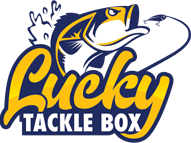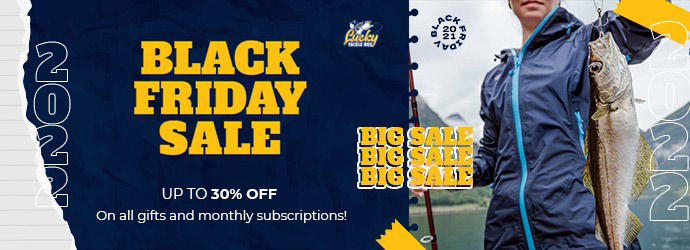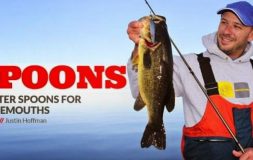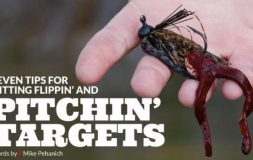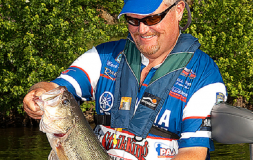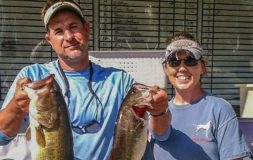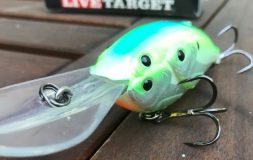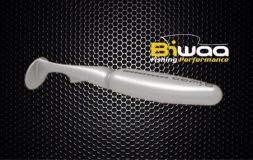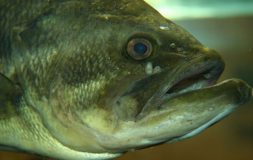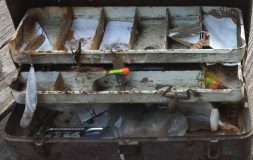Basic bass fishing tips for beginners
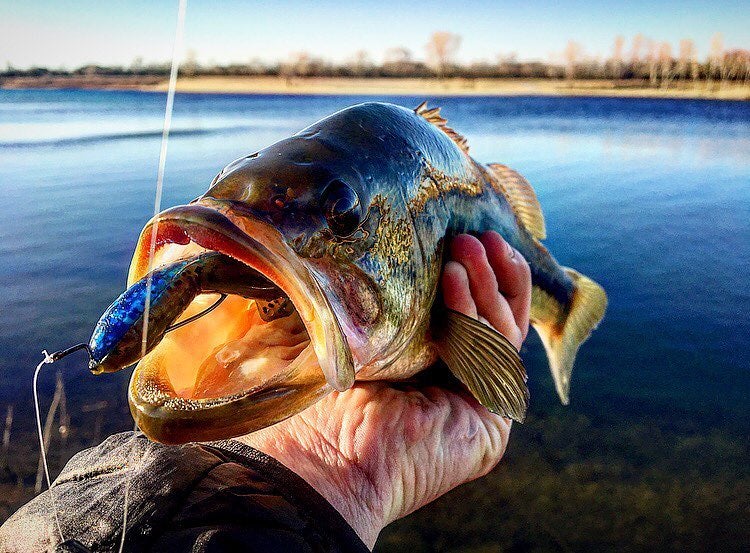
For many of us, the moment we caught our first bass we were hooked. All puns aside, bass fishing is a sport that is addicting and surprisingly complicated. Many beginners get confused by all the bass fishing tips and techniques, videos, articles, thousands of bass lure options, and different fishing rods to pair with each one. If you’re new to bass fishing, you want to know how to catch more bass and how to catch bigger bass. We’ve condensed down some of the most basic bass fishing tips to help you make these goals a reality.
1. Where Do Bass Live?
The short answer is that they live near cover that is located on structure. Cover and structure are two of the most common words you will hear when anglers describe where to find bass on a lake or body of water. Knowing the difference between cover and structure is an important part of learning about where bass live and how to catch them.
Cover is the physical objects within a lake. This can be stumps, docks, lay down trees, brush piles, vegetation, or even rocks, pebbles, or sand on the bottom of the lake. Structure on the other hand is the physical contours of the bottom you are fishing. This can be things like points, drop-offs, ledges, walls, humps or islands. Bass relate to and live near variations of cover and structure throughout the year.
2. What Do Bass Eat?
It’s probably a better question to ask, “What don’t bass eat?” Bass will eat just about anything that moves in the water. Their most common regular meals are smaller fish like shad, minnows, pan fish, and other creatures like crawdads, salamanders and frogs. Though you might not realise it, they will also eat anything moving over their head, like snakes, baby ducks, birds and mice.
When you’re fishing for bass, do your best to “match-the-hatch.” This term means pick a bait or lure that matches what you think the bass are eating. If you’re fishing near the shoreline and there are a bunch of frogs cruising around, it’s a good bet that a hollow-body frog or rat is an excellent option. See bass busting the surface near schools of flickering shad, try to imitate them with a shad type bait.
3. What Lures Should I Use for Bass Fishing?
The short answer is all of them! Alright, you can’t buy everything on the tackle store shelves, but being a versatile angler is really important. Many beginning bass fisherman get too comfortable just fishing one technique or another. They’ve caught some fish on a crankbait, so that’s all they throw. Got their personal best on a worm, so it’s all finesse finessing. Be versatile.
Do your best to be as well-rounded as you can be. Learn how to “power fish,” which is just a term that means any bait that you can cast and retrieve or cover a lot of water with. These are lures like crank baits, spinner baits, chatter baits, swim jigs, swim baits, or top water. Learn how to “finesse fish” which is a term that means any bait that you need to work slow and methodically. These are baits like worms and jigs, using techniques like flipping, pitching, drop-shot, shaky head or Carolina rigs.
4. When is the Best Time to Fish for Bass?
Time of day, seasons, weather and moon phase are all really important factors in understanding bass behaviour. Many beginning anglers don’t spend enough time studying how bass relate to their environment. In the summertime, the bigger bass will only feed a couple times a day, normally early in the morning and late in the evening or at night. Winter is the opposite, they will feed sparingly, but many times it’s the warmer part of the day.
Bass migrate to different parts of a body of water during different seasons. Whether it’s winter, pres pawn, post spawn, summer or fall these migrations are very predictable and learning about them is a major factor in understanding how to catch bass year round. There are tons of resources out there to study including books, videos and articles, but spending time on the water watching how bass react throughout the year will teach you more than anything else.
5. How Does Water Temperature Affect Bass?
Did you know that water temperature can vary as much as 10 degrees or more on different parts of the same lake? During different times of the year, this can drastically affect where bass are located. In the spring, the north end of a lake will warm up the fastest, kicking the bass’ spawning cycle into gear first. That means the bass will move up shallow on the north end more quickly than the south end. In the fall, the cooler water will heat up the fishing faster and school up large balls of bait fish which bass feed on before the winter.
Water temperature changes bass metabolism, so it determines how they feed. Every time you hit the water, you need to pay close attention to the water temp. It is a major piece of the puzzle in learning about when and where bass will be most active on a given day.
